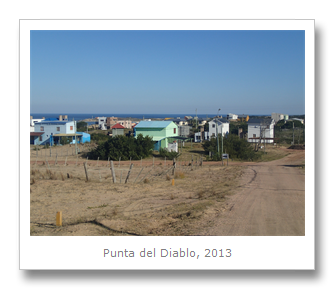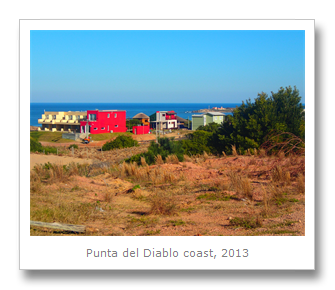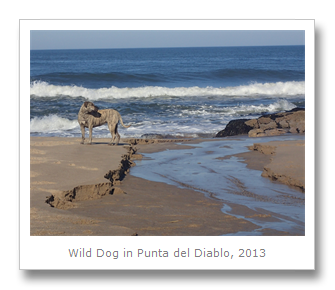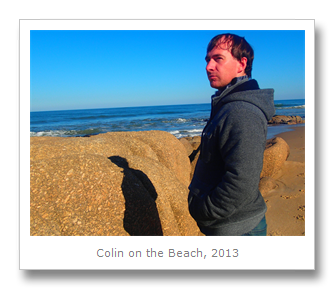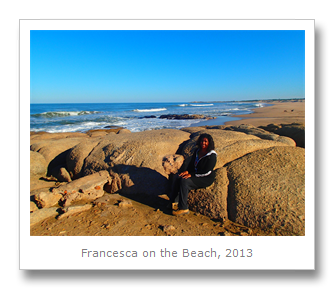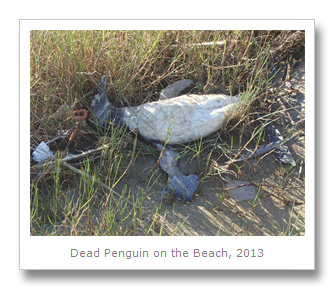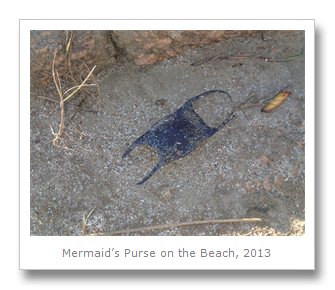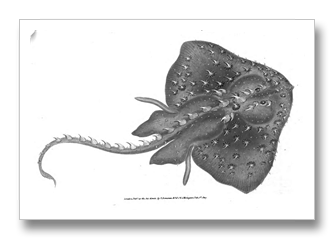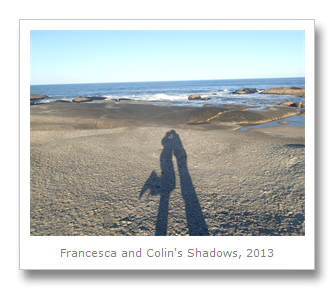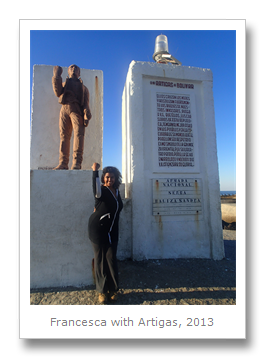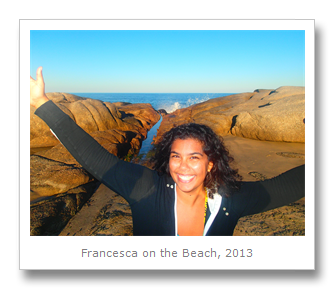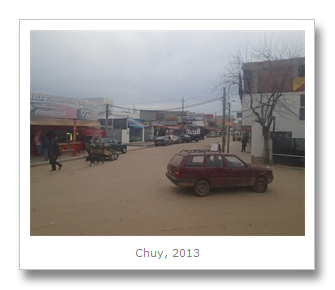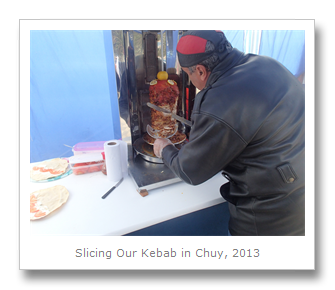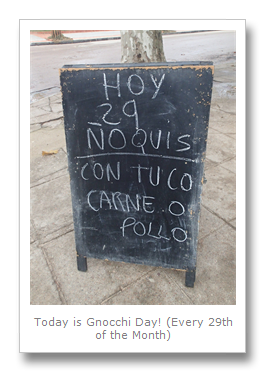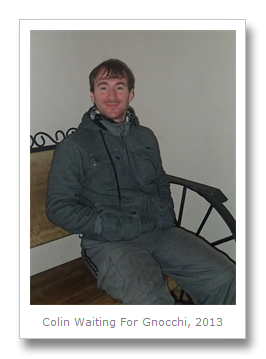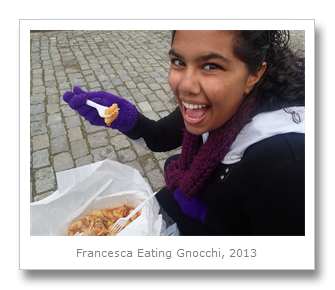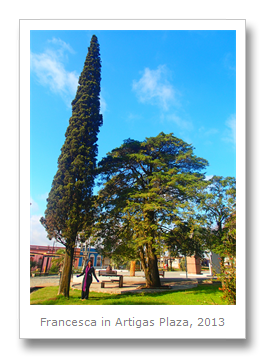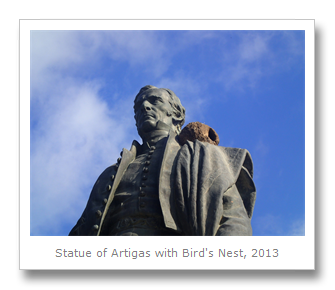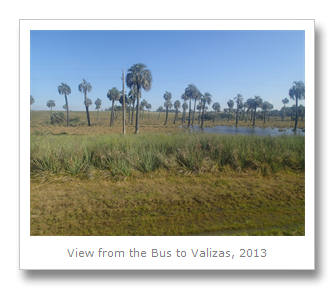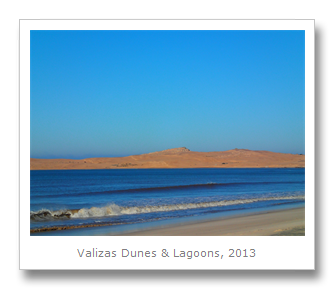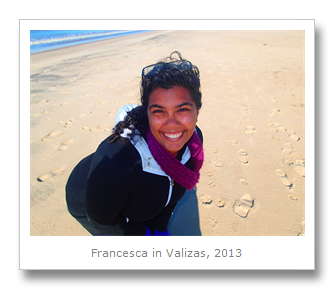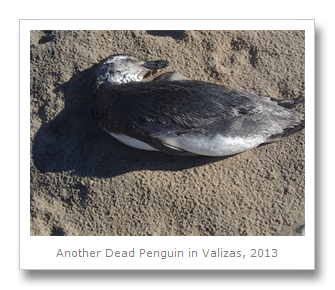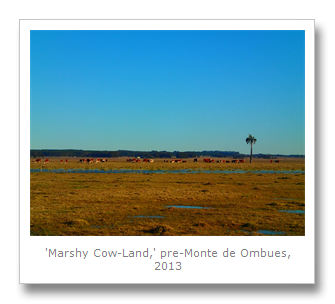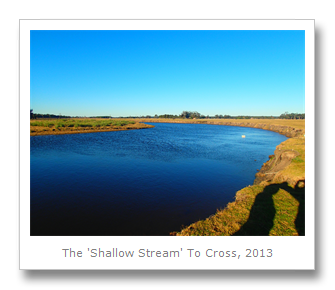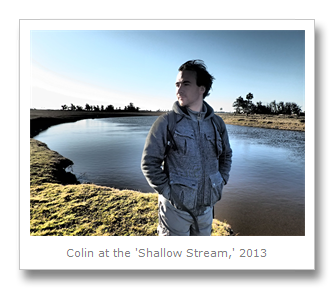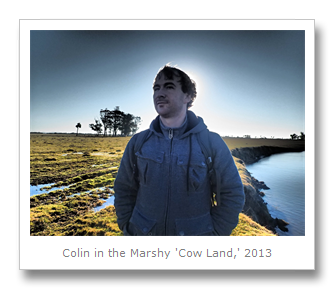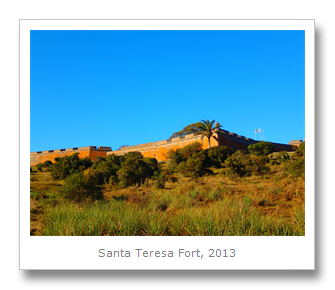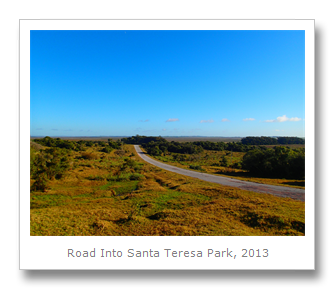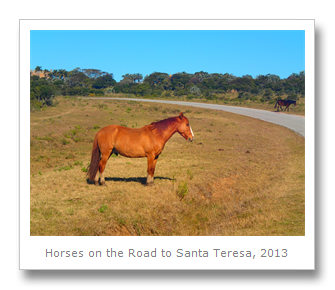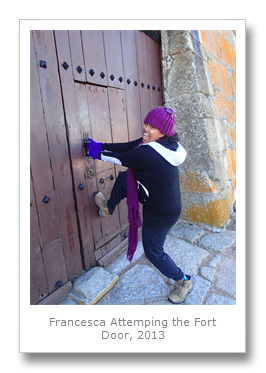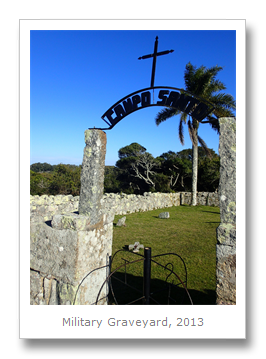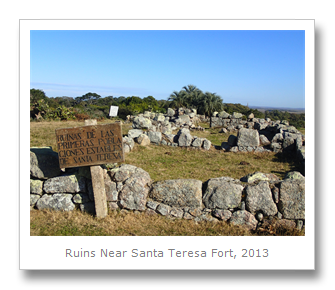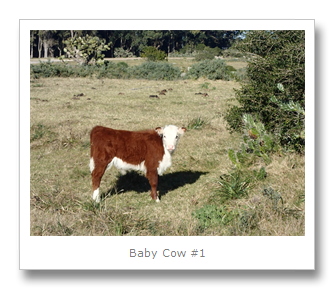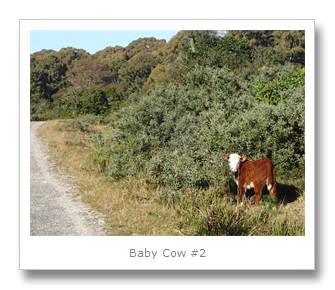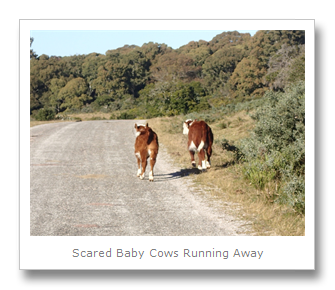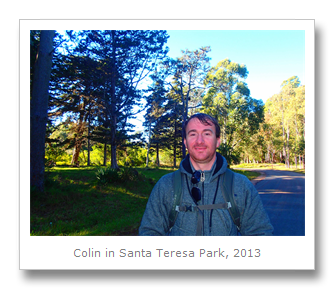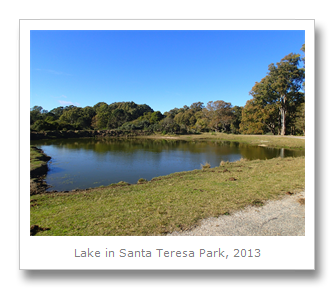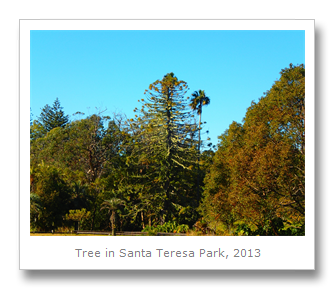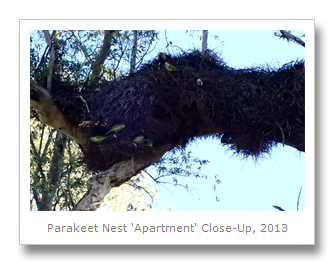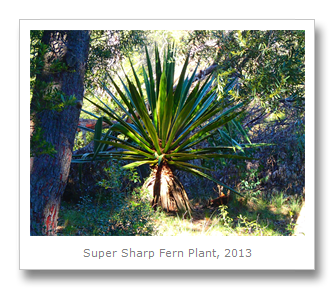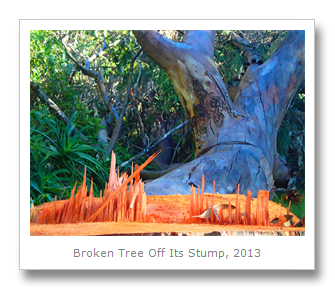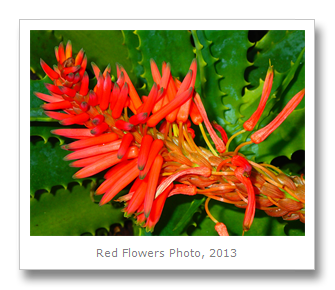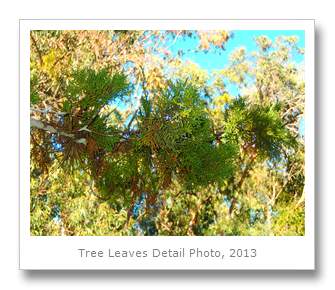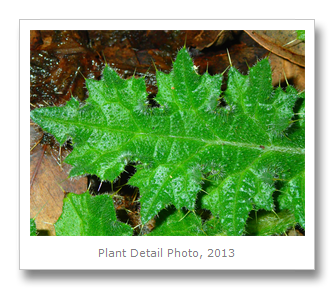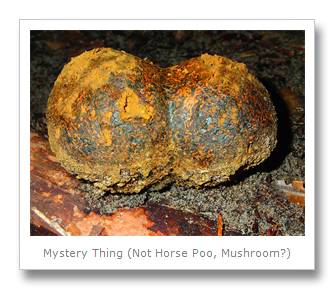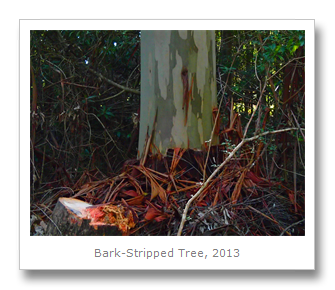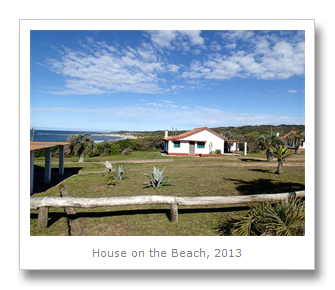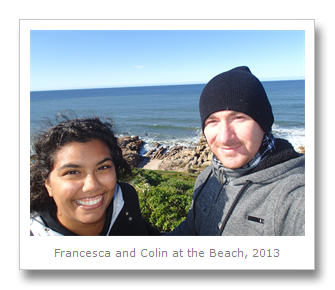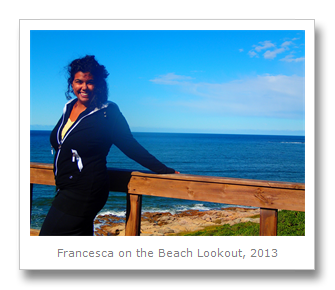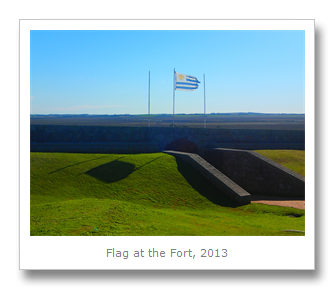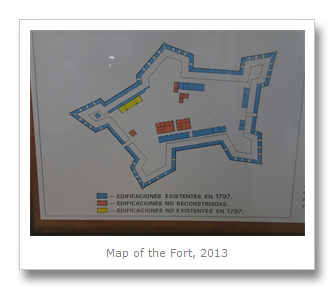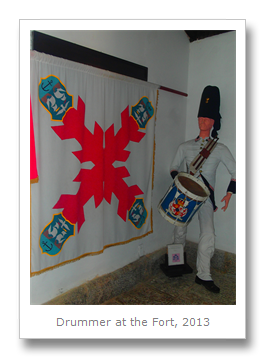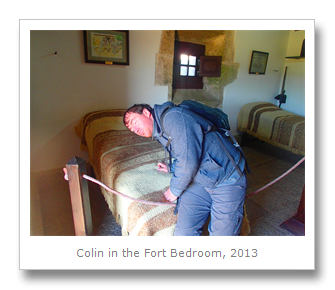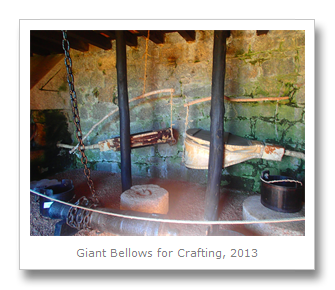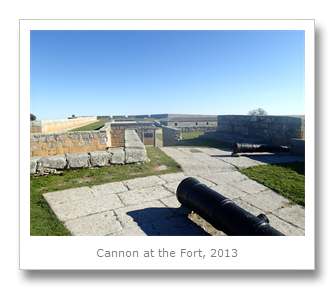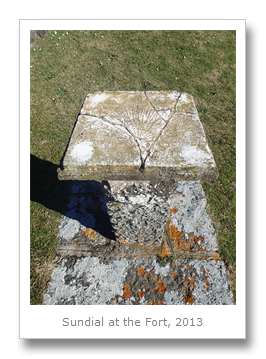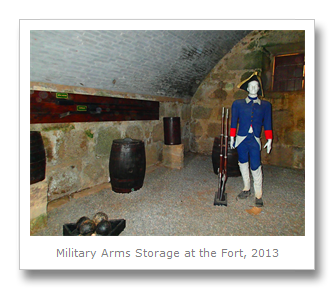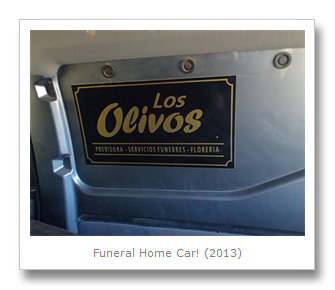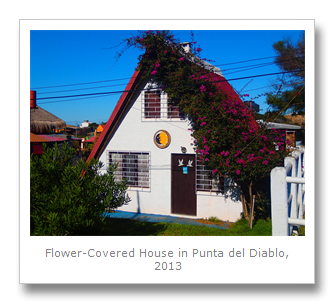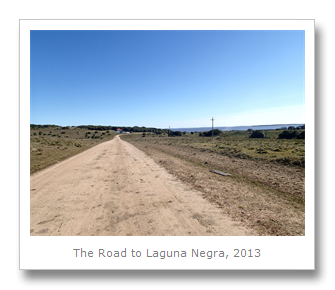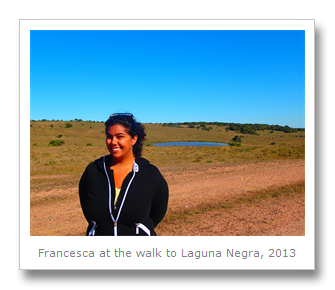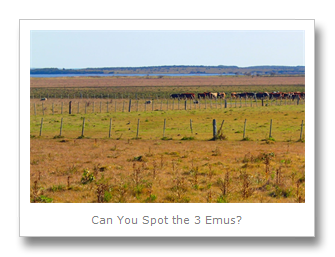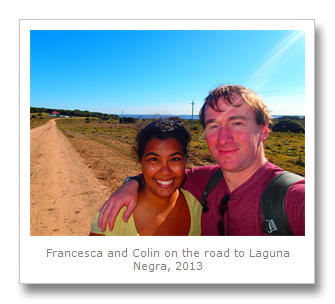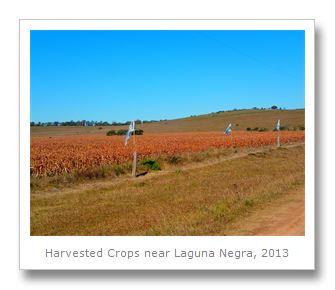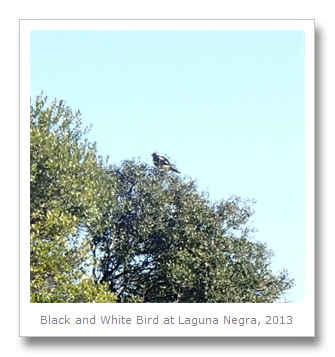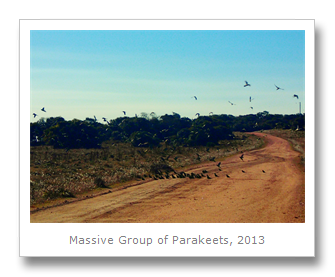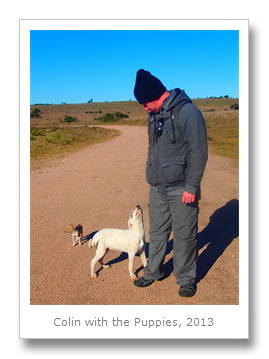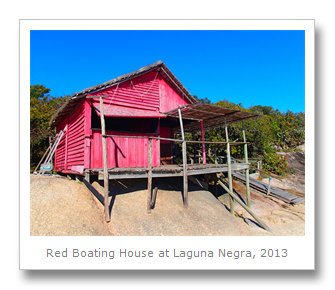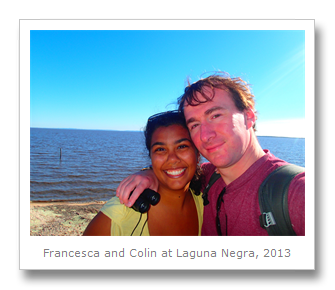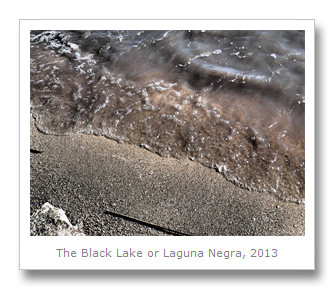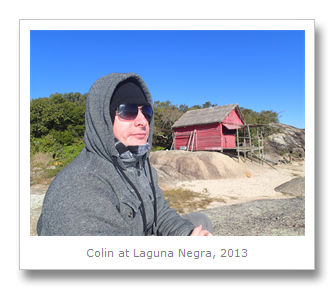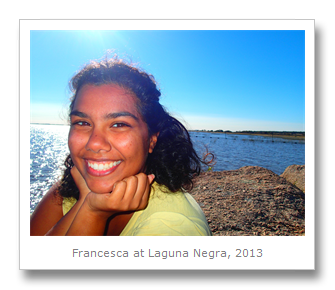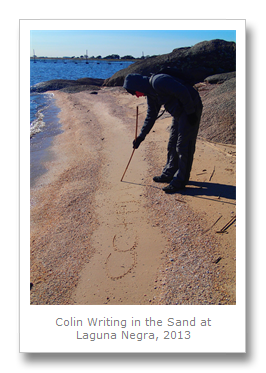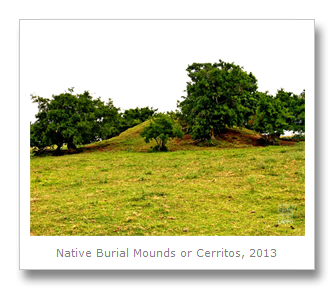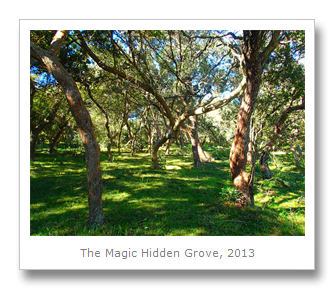While Colin and I were sad to leave Ana and Rita’s family, we were glad to be moving on to the next country in South America: Uruguay! Early in the morning on June 27th, we were greeted to a Uruguayan landscape which gave us a glimpse of what was to come: beautiful flat wetlands and countryside. After a smooth stop at Brazil’s border control (where we were told we still had a month left on our Brazil visa if we wanted to come back – supposedly!) the bus pulled in to the station on the Uruguayan side. Here we realized we were a bit lost on what to do. We had been told there would be another point where we could get our entrance stamp for up to 90 days in Uruguay, and we were pointed in the right walking direction.
We didn’t know it at the time, but the next border point is NOT within walking distance of the bus station! Well, it technically is because we DID walk it, but don’t! Take a bus from that bus station – it goes through the immigration point and stops there anyways. Colin and I ended up walking through Chuy until we reached the immigration point, got our stamps, then hopping in a taxi (thankfully, it was a cheap $2 USD!) back to Chuy to get some Uruguayan pesos. We tried the ATM but couldn’t get it to give us any cash. (There is another trick here – DO NOT select English for Uruguayan ATMS! only Spanish or it will not work. Click here for the instructions: Uruguay ATM Tricks.) There was a money changer in town though, and we got our pesos and found our bus to Punta del Diablo. (Which, yes, brought us to Punta del Diablo through the elusive immigration point!)
The drive from Chuy to Punta del Diablo was really scenic – we were going along the coast, so we got a free tour of the beaches and the little remote villages along their shores. There was also plenty of grassland and cows wading through watering holes and the swampy pampas (the Quechua word for ‘plains’) region. Unfortunately we were both super tired from our long overnight bus so we were nearly falling asleep by the time we reached Punta del Diablo! We got off in the center of town and walked around trying to find the place we booked. During this walk, we came across another hostel called “Hostel Las Hadas” or the “Hostel of the Fairies” which looked nice. After the owner helped us find the hotel we did book, and we realized it didn’t have the amenities promised online, Colin and I headed back to the fairy hostel! Plus it was just $30 USD per night for a decent double with ensuite and WIFI… not too shabby. We decided to walk back down to the center to try and find some food after getting settled into our room, taking some photos along the way.
During our walk along the coast we began to realize just how empty the village is – there was no one around! All the houses were boarded up for the winter, the restaurants and shops were closed. Only a few hostels were open and a handful of locals around. We heard the population in the town jumps from a mere 1,000 people during winter to over 25,000 during the summer. Insane! The beach was beautiful and the blue sky and large smooth rocks the waves crashed on made for some fantastic photos. There were a few curious things we saw on the beach though… such as a headless albatross, quite a few dead penguins, and a strange object we later learned was called a “mermaid’s purse.” We don’t know why the albatross was headless (likely, the numerous dogs around had something to do with it) but we did find out some information on the washed-up penguins and the mermaid’s purse.
We looked up some articles online that told us the dead penguins we had been seeing are unfortunately common (see this article) on the beaches of Uruguay. Not only penguins, but seals, dolphins, and turtles consistently wash up dead as well. There is some speculation that in attempting to rid their bodies of oil, the penguins and other animals become sick and die. We didn’t see any oil on their bodies, but their broken necks indicated to us that they were probably dead before they reached the beach, having their bodies broken from the harsh waves slamming them into the numerous rocks around the shore. If anyone knows more about what’s going on, please let us know.
We also uncovered through online research that the mystery mermaid’s purse is actually an egg case from a shark and ray relative called a “thorny skate.” The thorny skate lays its eggs in protective pouches which hatch after nine months. Here is a drawing of what they look like once they are grown:
Once we reached Centro, we realized we would have to wait for the grocery store to open later in the day (around 4:30 pm) as there were no restaurants open during the winter at all. Instead of eating, we got some exercise by climbing on the rocks at the far end of the beach to watch the tide come in.
Eventually the grocery opened and we bought tons of food – pizzas, hot dogs, everything we could to avoid having to return the next days. We wanted to relax, not work for our food! Colin and I carried everything back to the hostel, prepared dinner, and planned for the next days in this quiet beach town.
The morning of June 28th we decided we needed to head back to Chuy to get out some Uruguayan pesos. We caught the bus back the way we came previously (1 hr. back towards Brazil) and arrived in the center. Thankfully we had no problem getting out both USD and Uruguayan pesos using our newfound tricks and spent the rest of the day browsing some of the duty free shops, looking for new pants for me, and trying some local street snacks. After what seemed like a thousand stores, we finally found 2 pairs of black pants for me which were not overpriced. Directly after this we treated ourselves to some delicious meat-stuffed wraps, with the meat carved directly off the giant skewer in front of us by the chef!
We bought some groceries (the works – bread, pasta, sauce, juice, chocolate pudding, bacon, and some little pastry treats) before getting the bus tickets for the ride home (we didn’t want to be reliant on Punta del Diablo’s strange grocery store times again) and were very grateful to get back to our hostel and make some dinner. Along with an evening relaxing with countless episodes of Big Bang Theory, we planned our next morning as an early one: we were going to attempt to go to the Monte de Ombues.
With a little help from the guy running our hostel, we realized we had to get the bus the morning of June 29th early to get out to the launch point for seeing the Ombu trees. Now, the Ombu is endangered, but it is not technically a tree. While I may call it that, it is actually not a tree or even, as some believe a shrub. Here is an excerpt from a blog that interviewed the owners of Monte Grande, the private part of the Monte de Ombues park:
“Although it has a large size, its aerial roots and its growth without a single trunk led Marcos to classify it as a Gaudí-style of plant, after the Spanish architect Gaudí. Gaudí used to plan his works while they were being built, without having a previous plan of what the final product would be like. It is the same with the Ombu, which reacts to the different events that happen throughout its life, strengthening certain areas of its surface and letting other die in order to keep strength for the new branches to grow from the dead remnants.” (Jeniffer)
Colin and I packed our bag and walked to the first bus stop. On our way down to the bus stop, we saw the bus fly past us in the opposite direction – the bus was early, and leaving already! We figured there must be another one soon and sat down at the stop. Unfortunately, another one didn’t arrive for hours. We debated between scrapping the plan and going to a different park instead, we even started to walk down to the beach. But at around 12:00pm we ended up back at the bus stop getting on the bus for Castillos.
Once we arrived in Castillos, we realized an on-going bus to Valizas we were told we needed wouldn’t be available for about an hour. We bought the ticket and decided to have a quick look around the city while the time passed. The first order of business was to acquire some gnocchi. Colin told me he had heard somewhere that the 29th of each month was dubbed ‘gnocchi’ day in Uruguay. Really? Yes! This tradition is from the time when pay day was on the last days of the month and everyone made cheap gnocchi n the 29th to be able to eat. The first place we saw with a sign outside listed the special of the day as gnocchi and we went inside to order some with tomato sauce as a hot snack to fill us up. Two sweet women inside were cooking up massive batches of fresh gnocchi to fill orders for takeaway later in the day. We took this treat into the main square named Plaza Artigas (named after the founder and liberator of Uruguay, General Artigas) and ate it in the park, then took a loop around looking at some of the old architecture before our next bus.
The bus ride to Valizas was really scenic and enjoyable – tons of marshy flat fields full of cows and birds everywhere. Once we arrived at the bus station in Valizas, we had a look at a map on the bus station wall. Monte de Ombues, we realized is at the intersection of Route 10 with the Valizas Creek… basically, we didn’t take the bus far enough. After a quick chat (in limited Spanish) with the girl selling bus tickets we realized we couldn’t actually walk from Valizas to the Monte de Ombues – we would actually have to take ANOTHER bus. Ack! And of course again, being winter, the next bus didn’t leave until another hour had passed. While we did debate trying to walk, we decided walking would take us as long as waiting for the next bus. Our hostel owner told us boats may be in Valizas down at the water who could take us for a fee, so with the help of a local girl we met we started walking in that direction. She helped us find a local guy who spoke better English, who showed us exactly where the Monte de Ombues was on Google Maps. While he was nice, the information still wasn’t too helpful. It only confirmed just how impossible it seemed to get to the trees without both a car and a boat. Hmm.
Colin and I walked through the absolutely deserted small town of Valizas looking for anyone who could have a better suggestion for us. This place was even more deserted than Punta del Diablo. No agencies, no hostels, no stores, virtually nothing was open. A totally abandoned city. Once we got down to the shore we were treated with some breathtaking views of the sand and the water! In a way, it really reminded me of what Lencois Park in Brazil would look like once it is filled up with water. A stunning sight for all our hard efforts trying to get to the park! Unfortunately, there were dead penguins scattered around the beach here as well… they really are everywhere.
Colin and I returned to the bus station and boarded our third bus of the day, which this time would (hopefully!) take us to the bridge we were trying to get to – which it did! The driver dropped us off right before the bridge, and we were immediately met by an English-speaking park ranger who told us he worked at the park for more than 20 years. He told us that despite being the weekend, there were no tour operators anywhere. Moreover, while he tried to make a few calls for us to the missing tour guide/boat driver and a half-hearted attempt to ask a couple of locals about taking us in their boats, he ended up telling us it would be our choice if we wanted to try and walk to the Monte de Ombues. We would have to apparently wade across a ‘small river’ in the process of getting there. Seriously? Well, we had come this far already…
We thought we’d give it a try and started walking down the mushy, cow paddy-ridden marsh area that served as the farmers’ fields for their cattle. Thinking this was our only option, we were pretty disappointed when we realized it would take us hours to walk the whole way and we probably wouldn’t make it before sunset and would have to walk back in the dark. It was around the time we were climbing over fences and dodging the dogs trying to take nips at us that we saw the park ranger speed by in his own boat, heading back to the Castillos Lagoon and the Monte de Ombues! He slowed down when he saw us, then quickly sped off down the river taking the easy 20 minute boat ride he told us earlier wasn’t available. After walking about an hour we came to a stream that we realized it would be impossible to cross while keeping our bag dry. Moreover, the water was freezing and we would clearly end up swimming. This stream was more like a river! Colin gathered the park ranger just wanted to see if we would make it when he said we could try walking it…
We tried to find a shallow place to cross but there was none. Realizing it would be a really unwise move considering the temperature was already cold and once the sun set was going to get colder (and we would be wet) – we turned back and walked back towards the bridge. While we never ended up seeing the Monte de Ombues, we were still glad to have gone and taken the process as far as we possibly could. Plus seeing the dunes of Valizas and an adventure through the pampas of Uruguay was pretty fun! There were no buses coming our way for ages, and considering we were both freezing we decided to try an hitch a ride. We heard it is pretty safe to hitch-hike it Uruguay! (We’ll see…) 45 minutes later after starting to attempt hitch-hiking we were (thankfully!) picked up by a nice couple and brought to the bus station in Castillos where we were able to make an evening bus back to Punta Del Diablo. This gave us just enough time to buy some snacks (pasta sauce and bread rolls, plus some chocolate milk and chocolate) for the journey home. Once we got back to the warmth of under our blankets at our hostel we decided to attempt something a bit easier the following day.
Later I would do some research and find out that Ombu trees, while endangered, were not only located in that one park! There is one in Montevideo, and plenty in Argentina. Plus, the section we were attempting to visit (the part owned by the Wildlife Reserve of Castillos) has no big-sized Ombues. Guess we didn’t need to attempt that crazy journey again! No photos of an Ombu today, but maybe later we will snap this allusive tree! We also sent off an email to the Uruguayan tourist minister about the situation at the Ombu National Park. They did reply that they would look at the situation and hopefully the warden will be chastised for letting us travel through the countryside alone into a potentially dangerous situation, and the guy who was supposed to be manning the station there and bringing people in his boat (and did not bother to show up for work) will be replaced. Doubtful, but lets hope no-one else has to go through all of that tribulation and not get to the park.
The morning of June 30th Colin and I decided to get up early, cook up some breakfast, and head out to Santa Teresa Fort and National Park. We jumped off the bus at the fort first, passing the guard and plenty of horses on the long walk up the hill to reach it. Once at the fort we realized – shock! – that it was closed! Thankfully only until later in the day, so we thought we would walk around the park first.
The air was crisp and cold so we were glad we had bundled ourselves up for the walk. Before we started our walk, we came across some old gravesites and old building ruins. This graveyard contains the bodies of both soldiers, slaves, and two Guarani such chiefs: Agustin Lipopisi and Felix Sayobi. Beyond this we saw a couple of furry baby cows. When they saw us approaching, they freaked out and started making a lot of noise and running away. One of the baby cows got confused and didn’t know which way to run. Instantly we saw the mother cow appear from behind some tall trees, rushing over to protect her babies. She had this look in her eyes that she meant business and we should get straight away – she even stood in the same place watching us for more than 10 minutes as we walked down the road until we were out of her line of sight.
The Santa Teresa National Park and Fort are supervised and maintained by the armed forces. Despite this, there wasn’t anyone around to ask where to walk so we had to figure it out ourselves. We took tons of pictures along the way of some of the cool trees and strange things we came across! Take a look:
At one point in our walk around the park we came across a few really strange things that we couldn’t explain. One of them we initially thought was horse poop, because we saw some horse tracks around the area. However, we saw some of them that seemed to be “broken” off of stumps as if they were some type of fungus or mushroom. We started poking one that was already broken with a stick and confirmed that it was likely fungus. Colin tapped the top of the fungus and what looked like yellow dusty powder came off of the top of it. The body was really spongy which seemed to confirm fungus – but we were still really baffled by the color of the fungus. It really looks like it came from a horse! Please let me know if you can figure out what this mystery thing could be!
Another mystery we came across were huge amounts of trees stripped totally or half clean of their bark. Since all the bark was left right below the trees we figured this could not be due to human activity. But what could it be? As we kept walking we heard a distinct tapping noise which seemed to be coming from above us. Red-headed woodpeckers! Although we can’t be sure, we gather they were the cause behind the trees stripped of their bark. We saw a mating pair of them happily knocking away at the tree, letting long pieces of bark fall below them to the forest floor near us. We were glad we brought the binoculars to get a good close look at them!
Eventually after a few hours of walking we got down to the end of the road and reached a look-out point where we could climb up and get a good view of the beach and surrounding area. There was also a map at this point and we planned another side walk, then a walk back around towards the Fort to see if it would be open.
Once our walk was finished as we reached the Fort again, we walked around to the entrance and thankfully it was open! The Fortaleza de Santa Teresa is a pentagon shaped fort that was started by the Portugese but the Spanish took over its construction in 1762. The real work was done by the former Jesuit Lucas Marton with labor from convicts and Guaraní Indians. The walls are four feet thick and almost 12 meters high. Some of the rooms were decorated as if the fort was still being used – the bedrooms had beds in them, the kitchen was stocked with pot and pans. Even the chapel had saints inside. It was interesting to walk around and look at the fort and some of the old drawings and models of other forts in Uruguay, but there wasn’t too much information available on the place so I had to look some up later.
We saw a big trench while we were at the fort, and it turns out that this trench is part of underground tunnels that are rumored to hold a secret wooden and silver box from the 18th century which belonged to an Irish Jesuit priest containing books and sacred documents. The tunnels supposedly have an exit near the Atlantic Ocean. I wonder if its true…
Once we finished at the fort we tried to get a bus back, but after waiting more than an hour for one to turn up we thought we’d try hitchhiking again. Not too long later we had someone stop for us and I got in the front seat while Colin went in the back of the van. When we got dropped off a few miles down the road minutes later, he had a story for me. Turns out he was riding in the back with two coffins and/or bodies! I looked at the van as it drove away – the sign on the side said it belonged to “Los Olivos Funeral Home.” Yikes.
We arrived back at the hostel (after stopping at the grocery store for some more supplies) around 3pm and that afternoon which gave us time to cook some pasta for dinner and relax. We had thought about trying to go to Laguna Negra that day as well but we figured we’d just hope for sunshine for the following day.
July 1st we got up early again to head out to the Laguna Negra, or Black Lake. We knew the bus would drop us off just outside the entrance to the lake, but we weren’t sure what the walk to the lake would be like. We heard it was supposed to be quite a few kilometers. Would it be worth it? Thankfully it turned out to be one of our best days in Punta del Diablo.
Straight after being dropped off and starting down the path in front of us we started seeing animals. First some horses, pretty but not surprising. But then I noticed some strange looking birds on our right hand side. They were some kind of large wild birds… they looked almost like baby emus. I never figured out what those birds were, but when I asked Colin to look at them he spotted an ironic twist- 3 adult emus were roaming around among the cows behind the birds I had spotted!
As we kept walking (the whole walk down to the lake took us about 4-5 hours total) we saw a ton of different birds. Our camera doesn’t have the best zoom for taking animal photos, but we tried to get some! At least we had our binoculars again so we could get clear views of them. We saw trees filled with some black and white birds, and one bird sitting on the telephone line which was very strange-looking. We didn’t know most of the names, but we did see an entire road filled with parakeets. We passed by a bunch of dogs (about 20 of them) – some adult dogs and lots of little puppies of all different patterns. They were so full of love jumping all over us!
Walking a bit further down the coast of the lake, Colin and I reached a clearing that looked like a beautiful and almost ‘magical-looking’ grove you would read about in some fantasy novel. We took some time here to admire just how amazing being out in nature could be.
Shortly after discovering the hidden grove we decided to head back to the hostel. We lucked out this time trying to come back from the Laguna Negra – we crossed the street around 2:00pm over to the Santa Teresa Park drop off point and we were able to get the bus shortly after back to Punta del Diablo. Finally we didn’t have to hitchhike to get back to (halfway, at least) civilization! The following morning we were set to go to Punta del Este and couch surf with some great hosts, a couple named Anibal (from Uruguay) and Mia (from the USA) so Colin had to trek out to get our bus tickets at the station at the start of town. Thankfully he made it back before it got too late. We were ready to go!
Another adventure soon,
Francesca
